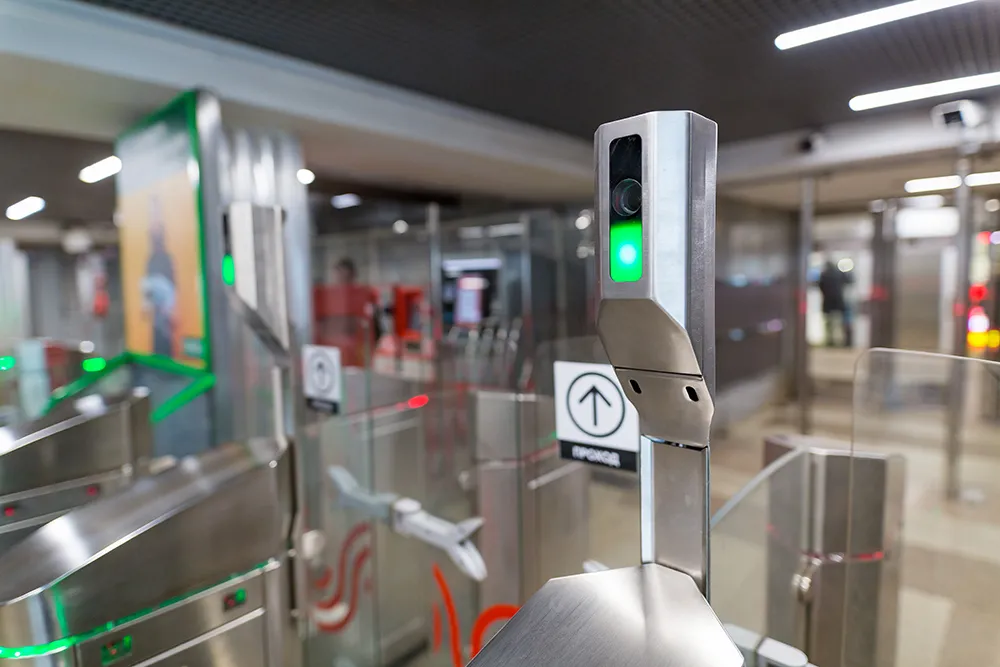Xerox Chairman and CEO Ursula Burns will deliver the keynote address at today’s opening plenary in Fort Washington. Two years after leading the company’s $6.4Bn acquisition of ACS, Burns provides some insights into Xerox’s expanding role in the transportation sector.
May 18, 2012
Read time: 3 mins

Q Where does Xerox now see the main thrust of its role in transportation?
A Our engineers and scientists are applying their skills to improve transportation. Consider these numbers:
- In 2010, congestion caused urban Americans to travel 4.8 billion hours more and to burn an extra 1.9 billion gallons of fuel.
- A new study estimates public health costs of traffic congestion in the U.S. annually:
- 2.9 million people injured
- 40,000+ people killed
Xerox is helping governments address transportation problems, by exploring how video technologies can help, for instance. Ability to rapidly scroll through videos to search for suspect cars would help law enforcement tremendously. Through our advanced imaging and data analytics – what we call, ‘mining context from content’ – we’re able to find meaning in the vast amount of information that is collected each day, whether it’s on paper, computers, video, in the cloud or on the Web. This applies to areas like demand-based pricing for parking, improved speed detection and more effective management of high occupancy lanes and tolling.
Q How much of Xerox’ business is now in transportation? Is this growing?
A Our services business is growing by double digits, and transportation solutions make up 8% of our total revenue in areas that include toll collection, fare payment and parking and traffic management. In Philadelphia, Xerox is working with the
Q Will Xerox continue to target the same areas of transportation, focus its offer on tighter segments, or expand radically in new areas?
A Xerox will continue to focus on services that allow government agencies to focus on the people they serve and their primary missions of mobility. While we have a solid set of offerings for clients in the United States we plan to seek a greater presence outside the US. We currently have transportation work in 35 different countries, but there is room to branch out into new geographic areas and offer more and different services globally. Our innovation teams and research centres see the transportation arena as fertile territory for finding ways to deliver services more efficiently and effectively. As budgets are constrained and funding dwindles, transportation agencies must be creative and implement less expensive means to solve the same problems. Xerox believes that answer lies in technological innovation and intelligent transportation.
- Ursula Burns is chief executive officer and chairman of Xerox. She is also a founding board director of Change the Equation, which focuses on improving the US’s education system in science, technology, engineering and math (STEM). In March 2010, President Barack Obama appointed Burns vice chair of the President’s Export Council.









